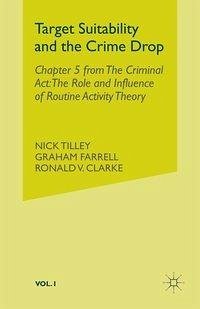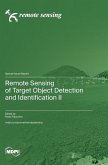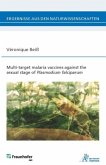This is a chapter from The Criminal Act: The Role and Influence of Routine Activity Theory edited by Martin A. Andresen and Graham Farrell. This chapter is available open access under a CC BY license. Target suitability is a cornerstone of Marcus Felson's routine activities approach, and critical in determining crime rates. Recent research identifies reduced target suitability, via improved security, as central to the 'crime drop' experienced in many countries. Studies in different countries show car theft fell with far more and better vehicle security. Yet increases in household security were more modest and do not track burglary's decrease as well. In this chapter, the authors explain that apparent anomaly as due more to an improvement in the quality of household security leading to reduced burglary. It is further suggested that improvements to home insulation in the UK that brought double glazing may have, somewhat inadvertently, introduced better frames and locks for doors and windows, that in turn reduced household burglary.
Hinweis: Dieser Artikel kann nur an eine deutsche Lieferadresse ausgeliefert werden.
Hinweis: Dieser Artikel kann nur an eine deutsche Lieferadresse ausgeliefert werden.








